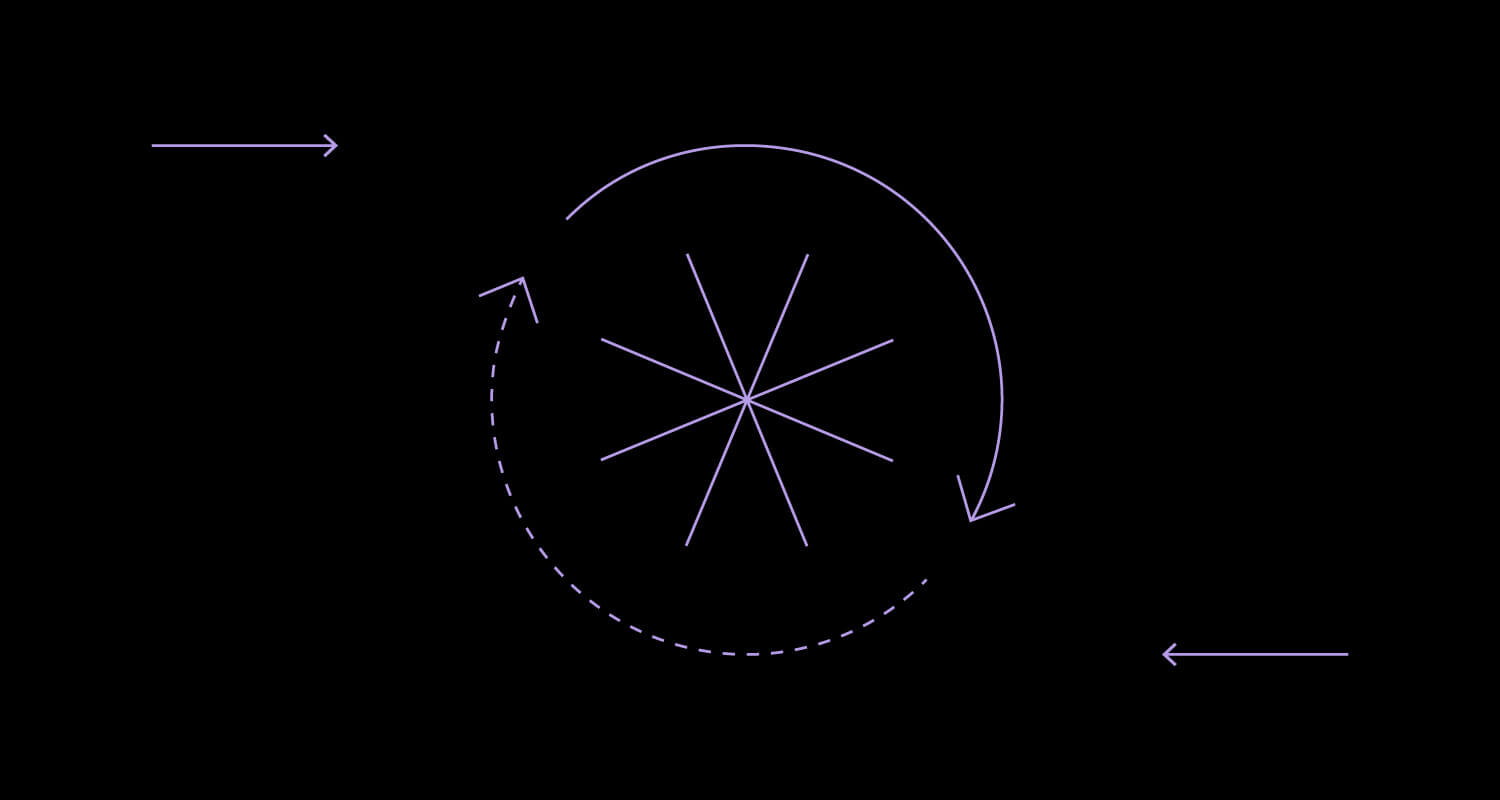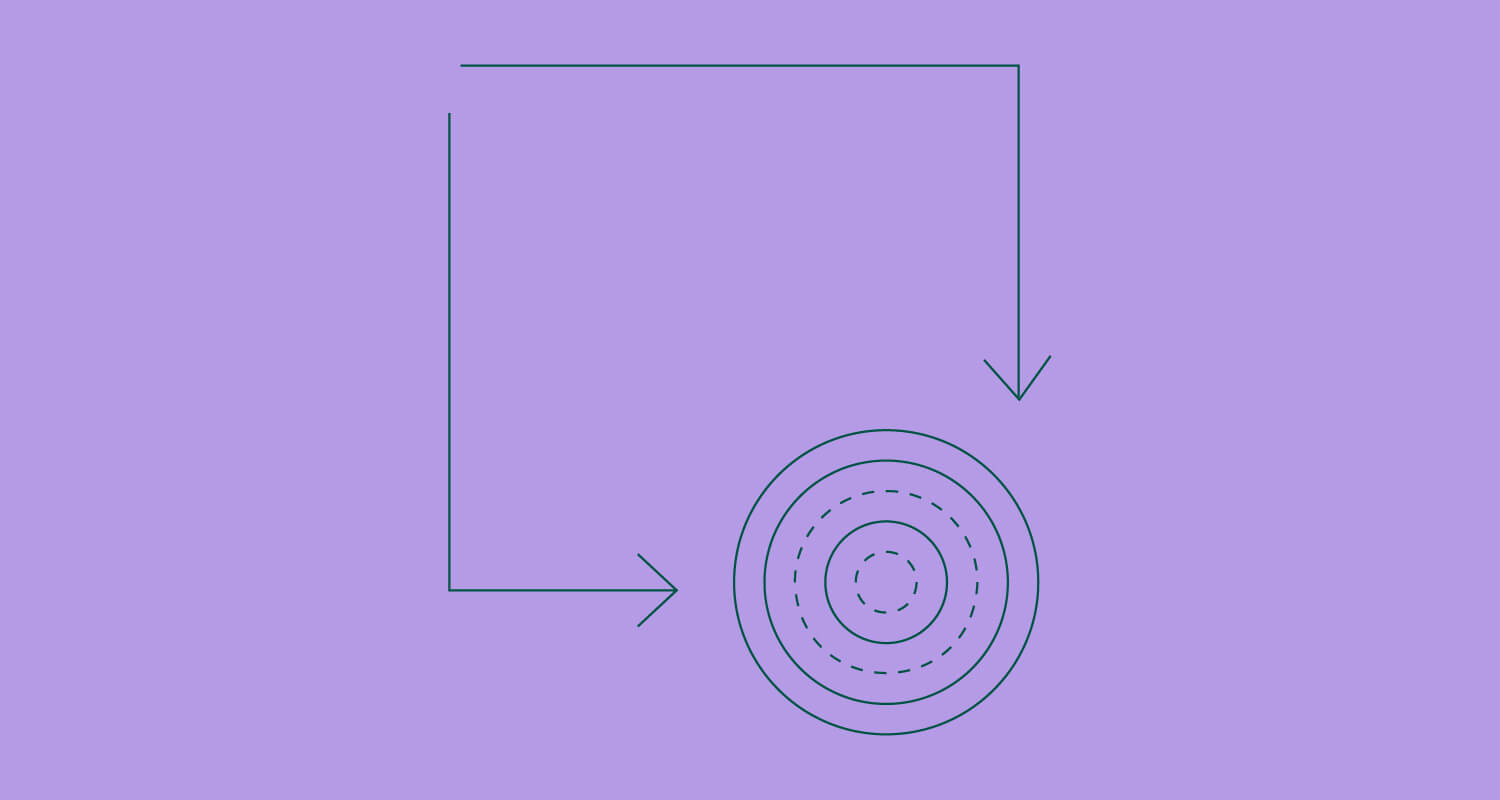The power of integration in FinTech
The realm of financial technology, or as we call it, "FinTech," stands at the brink of revolution, not merely because of numerous innovative ideas and startups but also because of the ability to bring all these ideas to fruition. At the heart of this exciting journey lies a somewhat understated hero – seamless integration.

In a world facing an avalanche of various platforms, apps, and digital services, we can see the real magic happening only when these entities begin flawlessly communicating with each other. You can imagine this as a complex puzzle, where FinTech solutions are small pieces. Each piece holds a value to itself, but when they perfectly interlock with each other, you get a bigger (and brighter) picture – of efficiency and enhanced user experience coming to life.
As mentioned, innovation isn't just conceptualizing a revolutionary idea for FinTech endeavors. Innovation happens when you execute an idea in the real world, where disparate systems, diverse platforms, and user needs intersect. Seamless integrations pave the way, bridge gaps, optimize the data flow, and accelerate the transition to tangible products or services.
Unified banking platforms
In an age where the abundance of digital options often leads to choice paralysis, unified banking platforms are emerging as a potential game-changer. Envision this – a central dashboard within a singular digital space where users can access various banking and financial services seamlessly. No more switching between the apps or juggling with passwords and face IDs. One platform, one view of one's entire financial world.

But how can we leap from this fantastic idea to tangible reality? With the power seamless integration brings. New FinTech companies could incorporate APIs from multiple banks and financial service providers, and the unified banking platform can offer users an unparalleled one-stop service. End-users get a consolidated view of their financial portfolio – from checking accounts to investments.
The real-world benefits of such a platform are profound. End-users can get tailored insights and recommendations based on the holistic financial picture. And, in the back-end, operations are streamlined, and time and effort are reduced (costs as well).
Additionally, end-users will have easier forecasting, budgeting, and planning, which will lead to a better financial transparency of their assets, thanks to all the indicators being in one place. Seamless integration is beneficial and essential in the era where users demand a centralized, hassle-free experience for their financial activities.
There are also challenges. Data consolidation comes with a more considerable responsibility to protect users' financial data. Interoperability is another issue – ensuring all integrated systems communicate flawlessly can be a technical challenge.
Peer-to-Peer (P2P) lending
For a long time, banking intermediaries have dictated the terms of borrowing and lending. But here comes peer-to-peer lending, a groundbreaking idea to directly connect borrowers with lenders. A sort of democratization of finance! At the heart of P2P lies a simple concept: creating a platform where individuals can either lend their surplus funds or borrow money based on their needs in a direct person-to-person model.
How can one ensure that such a system works seamlessly? With thoughtful integration. A P2P lending platform's efficiency hinges on real-time credit checks and integration with credit scoring agencies. But the integration doesn't stop here. We need payment gateways to be incorporated to ensure that money transfers between parties occur without the glitch. Also, such platforms must be infused with AI algorithms. These algorithms supercharge their capabilities and intelligently match lenders with borrowers based on various criteria, from risk appetite to interest rates.

The benefits of seamlessly integrated P2P lending are plenty. We get democratized finance where lenders and borrowers can negotiate terms without intermediaries. Often, borrowers get better rates than from traditional banks, and lenders can receive higher returns than in typical savings accounts. The process is quicker, too – with automated verifications, loan approvals are faster and more efficient.
But with innovation also comes drawbacks. Many areas have yet to establish clear regulatory frameworks for P2P lending. There is also a higher risk of borrowers defaulting. As platforms grow, it can be challenging to maintain service quality. While the democratization of lending sounds revolutionary, it should rest on secure and adaptable integration protocols to ensure its feasibility and security.

Seamless integrations. New business opportunities.
We have performed over 300 integrations for enterprises across various sectors. Integrated FinTech solutions. Marketing cloud integration. Integrated healthcare systems. Just name it. We simplify complex integration processes and help clients accelerate revenue growth in a B2B2X value chain.
InsurTech platforms
Insurance is an age-old industry that has, for a large part, remained untouched by major technological upheavals. Yet, in the shadows of the FinTech revolution, there has been an essential stirring in insurance, termed "InsurTech." At its core, insurance envisions simplifying and streamlining insurance processes – from choosing the right policy to filing claims. All while harnessing the power of technology.

The success of InsurTech lies in its ability to pull diverse data from many sources. For example, imagine a car insurance platform that can integrate with your vehicle's data and provide policies based on your driving habits. Or a health insurance platform that taps into your health records to provide a personalised policy recommendation. But the pinnacle of this transformation is the integration with the IoT devices. Wearable health monitors, car telematics, and smart home devices can provide a tone of real-time behavioral data. In the hands of insurance companies, this data can ensure accurate policy pricing and dynamic policy adjustments. It's worth mentioning that the success of dynamic pricing and personalisation depends on impeccable data integration between platforms and third-party data providers.
The benefits are numerous, from personalisation that brings tailored insurance policies based on personal habits and risk factors. We also have better efficiency with reduced paperwork, instant policy recommendations, and quick claims processing. Lastly, dynamic pricing means adjusting policy premiums based on real-time data.
Such benefits also come with challenges that need to be acknowledged. Integrating with third-party data sources can raise concerns about user data and privacy. Like in FinTech, InsurTech also has its maze of regulations to navigate, especially if the platform wants to integrate with medical records or direct data. Users are somewhat skeptical, and there is considerable fear of being constantly monitored (by car telematics or wearable devices), which can deter customers.
Cross-border payment solutions
In a globalised world, the ability to send and receive money across borders transparently and quickly is more than a convenience – it's a necessity. However, international transfers have been hurdled for decades with exorbitant fees, delays, and a lack of transparency. Enter the world of FinTech. Here, the vision for cross-border payments is clear – to make international transfers as seamless, affordable, and transparent as sending an SMS.

At the forefront of this transformation is integrating blockchain technology – blockchain provides a decentralised ledger and ensures secure, transparent, and traceable cross-border transactions. This cuts down the need for go-betweens and saves both costs and money.
Also, it is essential to integrate with payment systems on a global level – blockchain is truly transnational, but it needs to be integrated with national banking and payment systems to execute local transfers.
This way, clients can ensure that users access real-time exchange rates and minimise losses, expedite transfer costs, and make funds available in the accounts – almost instantly.
Such platforms have several benefits, but the main one is simple – what was once done in days can now be one in minutes. Users can track their money in real time, leading to transparency and reducing intermediary involvement. Result? Reduced costs for end users.
Of course, there are some challenges. Different countries have different regulations on blockchain and international transfers – which can slow the integration process. Blockchain is also deemed inherently secure, but platforms built on it can be prone to attack – leading to security issues. Finally, relying on real-time data can be a double-edged sword, especially in volatile markets.
Digital asset exchanges
As the digital world expands, so does the concept of assets. Beyond traditional stocks and bonds, digital assets are now emerging as valuable commodities exchanged on digital asset exchanges. Simply put, exchanges are platforms where commodities get traded between owners, investors, and enthusiasts.
The most essential integration for digital asset exchanges is the secure blockchain ledgers – they ensure transparent and tamper-proof transaction records and provide a high level of trust. Besides those, it is also paramount to integrate multi-factor authentication tools that can confirm users' identity, safeguard assets, and provide peace of mind. Combined with AI algorithms, all these integrations can provide predictive insights into market trends and help traders with swift decision-making.
Real-world benefits of digital asset exchanges are security, liquidity, and diverse portfolios. Let's start with the latter – traders can invest in myriad digital assets that diversify their portfolios while lowering the risk. Advanced integrations ensure assets are protected from unauthorised access and hacks. And lastly, digital assets exchanges offer much-needed liquidity to the market with their high volumes of trades.
However, the world of digital assets is still emerging, so there might be issues with the regulations. As the number of users and transactions surges, some exchanges might face operational channels without proper integration solutions.
Banking-as-a-Service (BaaS)
The digital metamorphosis also touches traditional banks, leading to a groundbreaking Banking-as-a-Service (BaaS) concept. The essence of BaaS revolves around utilising the robust infrastructure of a bank and making it available via APIs to third parties – leading to the democratisation of financial services and allowing any business to embed banking operations in their offerings without owning the physical infrastructure of regulatory compliance of a traditional bank.

At the heart of BaaS is integrating APIs, which allow outside businesses to offer financial services such as payments and lending. For example, a retail webshop could integrate a lending API to provide instant credit for checkout. Integrating this real-time data ensures that the most updated information, such as account balances or transaction histories, is always available to end users. However, it is vital to integrate advanced security protocols to make this possible, given the sensitivity of financial data and user privacy. Only with this can we ensure that the risk of breaches is minimised.
There are plenty of benefits of BaaS, such as flexibility and customisation – this helps businesses cherry-pick the financial services they want to offer and tailor them to their customers' needs. Without the need to build the systems from scratch, companies can rapidly roll out services leveraging the tried and tested infrastructure of BaasProviders. Ultimately, BaaS opens up new monetisation venues for businesses – from transaction fees to previous services.
Indeed, there are always challenges, too – primarily, the entire model rests on the reliability of the BaaS provider, and if their service experiences downtime, every other business will be impacted. Here, we also encounter regulatory issues, especially in cross-border operations. Lastly, merging banking services into non-banking platforms can be technically challenging.
The FinTech vanguard: Seamless integrations and Vega IT
In this intricate labyrinth of FinTech, you are probably looking for someone with deep-seated expertise and an innovative approach. We can securely claim that Vega IT has both and much more. Here are just some of the reasons why Vega IT might be your preferred partner for ventures in FinTech.
- Unparalleled expertise: With years under our belt and at the forefront of FinTech, we have a large team of experts who don't follow trends – they set them. This experience level translates into our ability to anticipate the challenges before they manifest.
- Bespoke solutions: We recognise that no two projects are alike, and we can, therefore, deliver tailored solutions. This approach ensures the integrations align perfectly with the client's needs and expectations.
- A security-centric approach: In the world of financial data, security is the very foundation of every integration. We pride ourselves in following stringent security protocols, ensuring data integration and user trust.
Turning ideas into market-ready solutions
As I've discussed the various realms of FinTech – from unified backing to digital assets – a common thread is emerging: the need for integrations that work efficiently, intuitively, and securely. It's a nice-to-have feature and a vital part of innovative FinTech solutions. Such integrations don't just enhance user experiences and help simplify users' lives. They also ensure that the gap between ideation and realisation is successfully bridged.
And where does that leave us? We must acknowledge seamless integration's power and actively incorporate it into our strategic roadmap. Now is the time to turn these FinTech ideas into market-ready solutions that can genuinely transform the lives of our users. There are no half-measures because – the future awaits.

Download free whitepaper: Capitalizing on the embedded finance revolution
While it simplifies the lives of consumers everywhere, the embedded finance proposition is not a simple one to grasp from an investment perspective. Is embedded finance a fad or a revolution? And how should you approach it - whether you’re an established FI or a fintech looking to make its mark?
Download whitepaper

